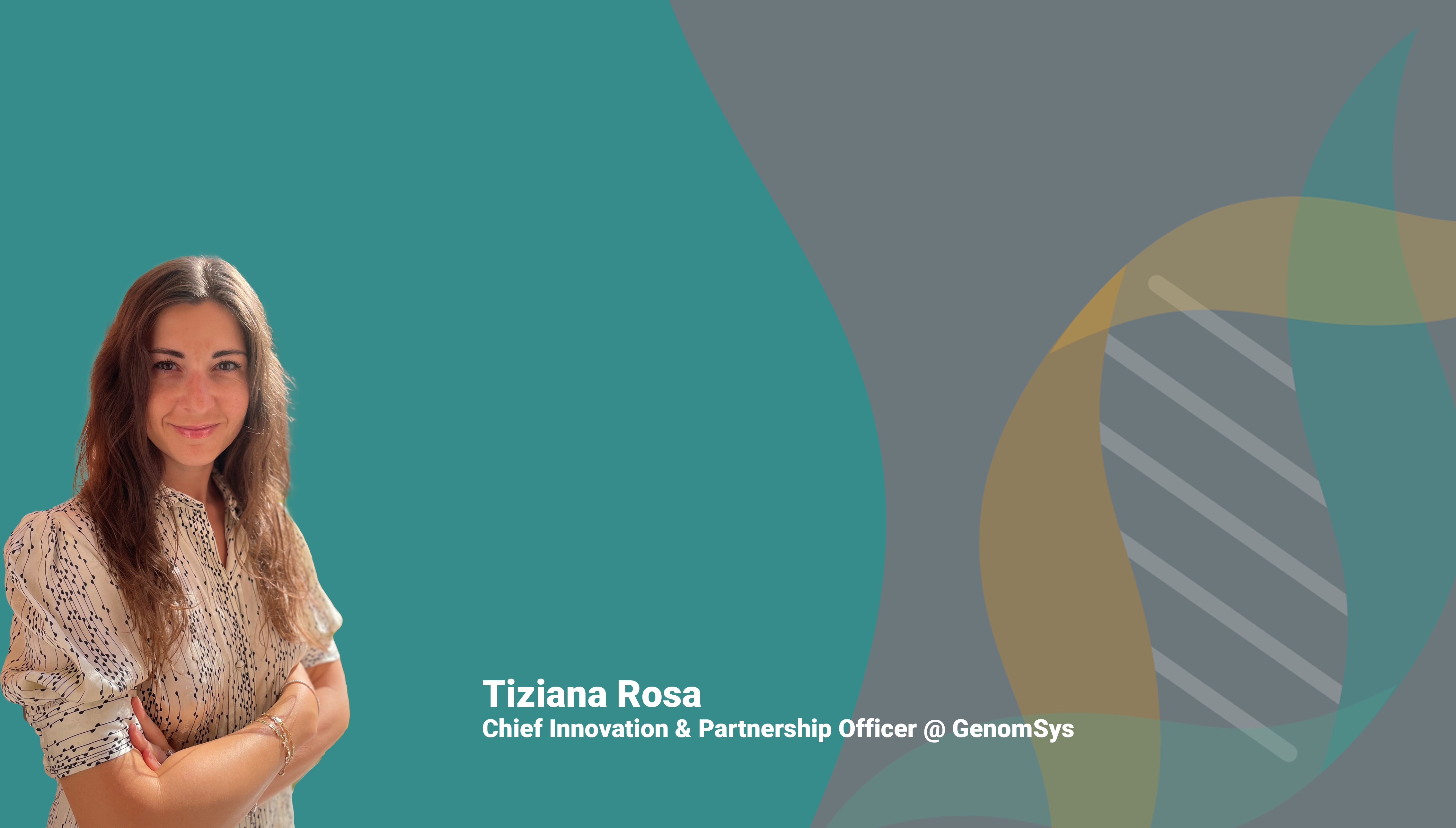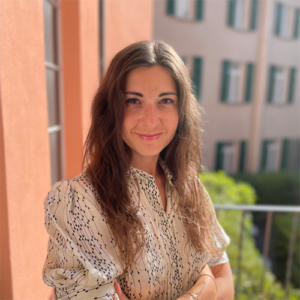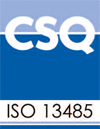Learn more about Tiziana through the following 9 quick questions:
Hi Tiziana. What do you do at GenomSys and what are you currently working on?
Hi, as my title implies, my role consists of two main activities. On one side, I focus on innovation management so that the company can continue creating value through innovative solutions whilst remaining at the forefront of technological progress. On the other side, I focus on strengthening the company’s business position by identifying and delivering strategic partnerships. In addition to these and jointly with the rest of the C-suite, I am also responsible for developing GenomSys’ strategy and equity story to support the next rounds of fundraising.
What is your take on personalized medicine and what role does GenomSys play in that?
Over the past decades, the field of genomics has advanced faster than any other life sciences discipline, and the promise of personalized medicine has attracted the eyes of different stakeholders, including investors. With gene therapies reaching the market and DNA sequencing getting cheaper and cheaper – thus allowing multi-disease screening campaigns for early detection or prevention – the genomic revolution is on the brink of becoming a reality. These advances entail the daily generation of more and more data, necessitating high-performing solutions in order to be handled and eventually leading to powerful genomics applications. In this scenario, GenomSys is playing an unprecedented role by offering innovative software solutions to handle big genomic data efficiently and in an integrated manner. Only by setting a fertile ground for scalable solutions can genomics applications be extensively adopted and exploited to their full potential, and GenomSys aims at just that!
What is the greatest benefit of MPEG-G in your opinion?
What I think is revolutionary, beyond the ability of MPEG-G to compress and process genomic data to an extent never reported before, is the possibility to grant selective access to specific data sub-sets in order to allow a faster transmission and secure, collaborative use of the data. This opportunity opens the doors to new advances in genomics, which can only be possible through collaborative efforts between different stakeholders benefiting from the available data without impacting the security and privacy of such data.
Genomic data and data privacy challenges. What is in your opinion a way to solve this issue?
In my opinion, there is no doubt that a person should be the owner of their own genomic data or that at least informed consent should be sought before any kind of use is granted to third parties. I would like to emphasize the word “informed” as we are far from there still. Whilst people are slowly being given more control – even if that often translates to just an opt-in or opt-out choice – they should be at the same time educated trustworthily. More specifically, this means how they can benefit from their data and, most notably, how they can securely share it to advance medical research and help scientists better connect the dots between genomic data and disease/health-trait data. As of today there are no tools available for a person to easily store, share and re-use first-hand their genomic data in a secure and integrated manner. I am proud to see that GenomSys is leading the way in this direction by pioneering scalable, high-performing integrated solutions that enable genomic data to be stored, transmitted and re-used within a secure ecosystem where personal genomics can finally thrive and contribute to revolutionizing medicine.
Why did you join GenomSys?
I love the energy, the challenges and the opportunities that come with working in the startup environment. It is where I find myself thriving. So when the biotech company I previously worked at moved to the NASDAQ and beyond, I felt ready for a new adventure. I believe genomics is the sector across the life sciences where we will see major innovations being implemented in the coming years. When I came across GenomSys, I could clearly see the vision and potential, so I seized the opportunity quite quickly!
What do you do when you’re not managing innovations and partnerships in your free time?
Although science is my go-to, I have a strong passion for art and design. I love interior design and fashion. I spend a lot of my free time wandering around vintage markets and small second-hand shops to find inspiration and unique pieces both for my wardrobe and home collection.
Do you listen to podcasts? What are you currently listening to?
I am not really into podcasts; I started a few but never got to the end of them. It seems like I never find enough time to dedicate to this. Many people do this whilst commuting to work, but I literally live at a 3-min walking distance from the office, so that scenario never happens. On top of that, being a visual person, I prefer other ways of accessing information, such as videos on YouTube, TED Talks and so on.
Or do you still prefer reading? What were the top 3 books that you think anybody should’ve read at least once?
I used to read novels when I was younger, but not so much anymore. I prefer technical books where I can learn more about a specific topic. In this direction, I usually gravitate towards books focused on design and art. However, with my new start at GenomSys, I recently purchased a book titled “Remix Strategy: The Three Laws of Business Combinations” by Benjamin Gomes-Casseres. It is supposed to be about creating and capturing value through partnerships. I’ll let you know how I find it in the next interview!
What is your favorite base in the DNA (adenine, guanine, cytosine or thymine)?
Being a very hands-on person, I’d say my answer is uracil, even if this is not a DNA base. It replaces thymine in the RNA, which I like to call the “operative” acid. Differently from DNA, RNA is single-stranded and is responsible for translating the information saved in the DNA into proteins, which eventually are the molecules getting things done in the cell! 😉
Do you have a favorite chromosome and why is this your favorite one?
I think the choice would be between the X chromosome and chromosome 4.
The former is quite unique as it is remarkably resistant to mutations and its genes are expressed only in few human tissues. This is because chromosome X slows down gene expression. For this reason, most genes that require fast activation abandoned it and moved elsewhere over time. In turn, X became the destination for genes from other chromosomes that did not need quick activation. Quite interesting, right?
The latter is the creativity chromosome! In Finland, scientists noticed that young people trained in music were more likely than older generations to adapt or compose music. The study questioned around 300 youthful musicians about their abilities. Their genomes were also analyzed, especially the chromosomal regions already linked to music appreciation and the ability to compose. Researchers isolated chromosome 4 as the birthplace of composers. However, genes could only account for 30 percent of talent, so there is still hope for musicians that do not have genetics on their side!
If you have any further questions for Tiziana or about GenomSys, please feel free to contact us.





